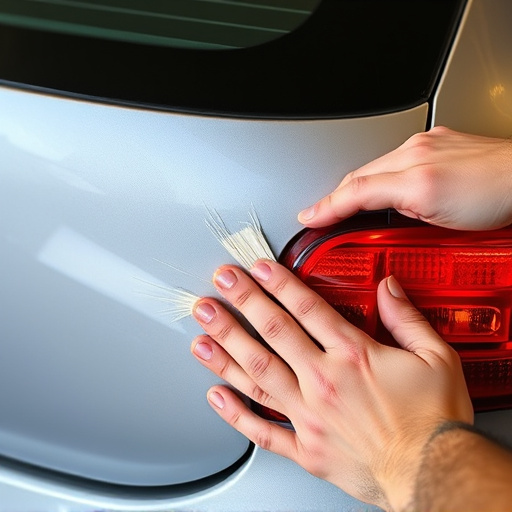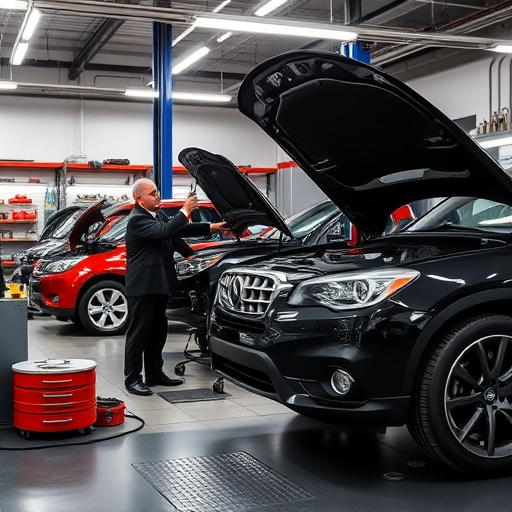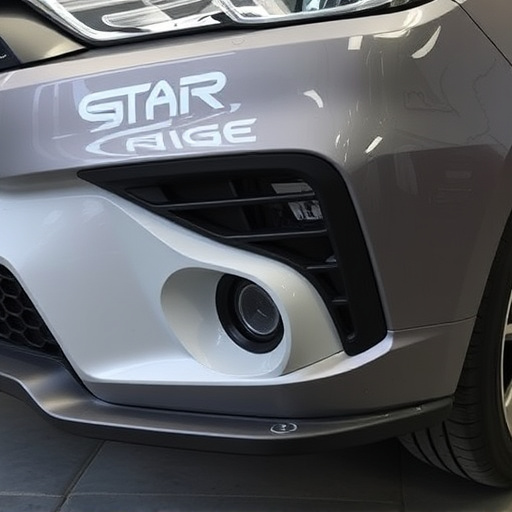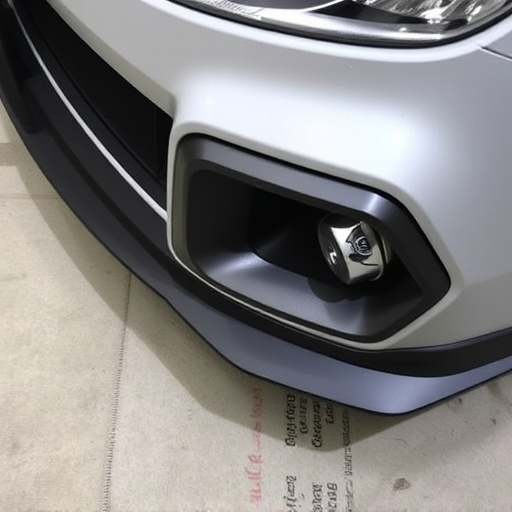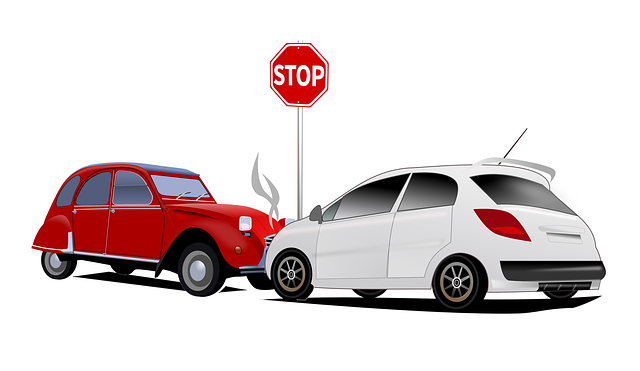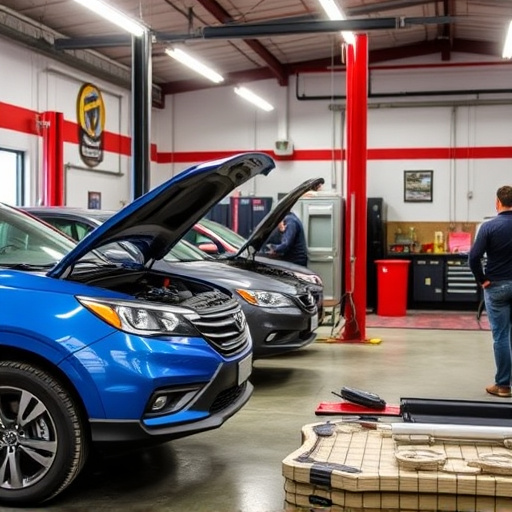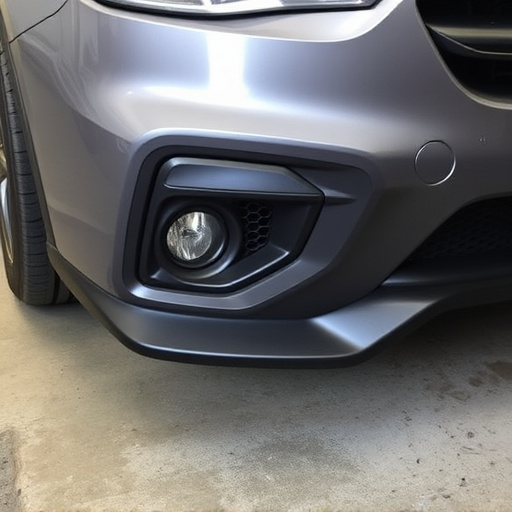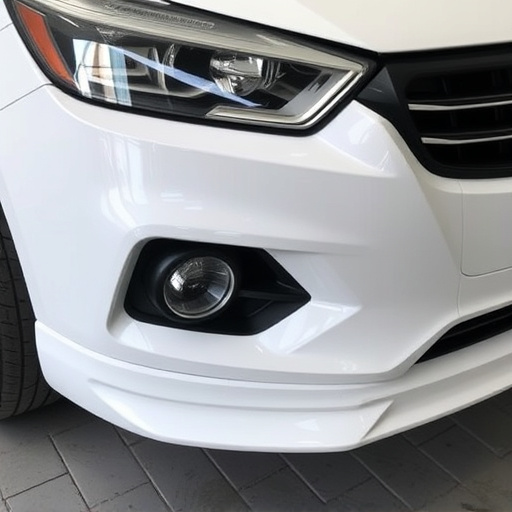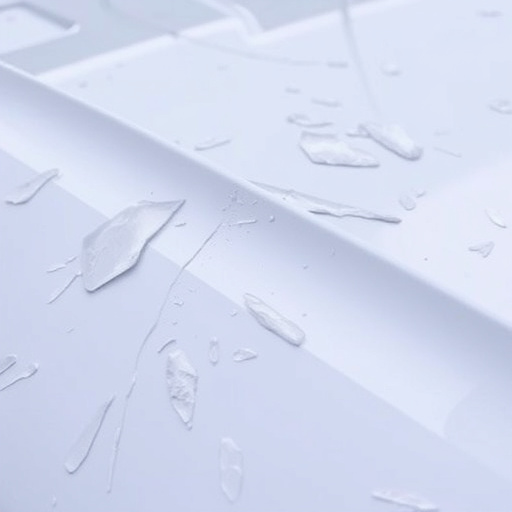Tesla charging port issues are common across models, caused by physical damage, harsh weather, and improper care. Effective repairs require addressing both hardware and software aspects. Software calibration is crucial for reliable solutions, optimizing electronic communication between chargers and vehicles. Shops offering Tesla charging port repair with software calibration enhance customer satisfaction and contribute to sustainability goals, ensuring efficient and safe charge cycles. Regular maintenance and timely repairs extend the life of Tesla's charging ports.
Tesla charging port repairs are essential for maintaining efficient electric vehicle (EV) ownership. These ports, crucial for charging, can face issues due to physical damage or software discrepancies. Understanding common causes is the first step towards effective solutions. This article delves into the importance of software calibration as a game-changer in Tesla charging port repairs, ensuring optimal performance and addressing both visible damages and unseen software glitches.
- Understanding Tesla Charging Port Issues and Their Causes
- The Role of Software Calibration in Effective Repairs
- Step-by-Step Guide: Performing a Tesla Charging Port Repair with Software Calibration
Understanding Tesla Charging Port Issues and Their Causes

Tesla charging port issues are more common than one might think, impacting both new and older models. These problems can range from simple connectivity glitches to more complex hardware failures. Understanding the root causes is key to effective Tesla charging port repair. Many cases originate from physical damage caused by rough handling, road debris, or accidents. Over time, exposure to harsh weather conditions, such as extreme heat or cold, can also contribute to deterioration and failure. Furthermore, frequent use without proper care, like failing to secure the cable correctly, can lead to loose connections.
Unlike conventional vehicles, Tesla’s unique charging system adds another layer of complexity. Software calibration plays a crucial role in ensuring seamless interactions between the vehicle and its charging infrastructure. Even seemingly minor issues with this software can result in charging port malfunctions. Therefore, any comprehensive Tesla charging port repair must include meticulous software calibration to restore optimal performance and reliability. This process aligns with broader automotive repair principles, similar to how mercedes benz repair specialists address mechanical and electronic failures, including frame straightening or paintless dent repair for cosmetic damage, ultimately ensuring the vehicle’s safety and efficiency.
The Role of Software Calibration in Effective Repairs

In the realm of Tesla charging port repair, software calibration plays a pivotal role in ensuring effective and lasting solutions. Beyond the physical fix, this process involves fine-tuning the electronic communication between the charger and the vehicle’s system. Much like calibrating an instrument for precise readings, software calibration guarantees that the charging port functions optimally, addressing any quirks or inefficiencies inherent to the technology. It’s not just about mending a broken connection; it’s about synchronizing the entire ecosystem to achieve seamless energy transfer.
For an automotive body shop tackling Tesla charging port repair, this step is paramount. It distinguishes their auto maintenance services from generic fender repair, showcasing specialized expertise tailored to electric vehicle (EV) ownership. By integrating software calibration, these shops don’t merely fix a port; they future-proof it, ensuring every charge cycle delivers the efficiency and safety EV owners expect. This level of precision not only enhances customer satisfaction but also contributes to the broader sustainability goals of the automotive industry.
Step-by-Step Guide: Performing a Tesla Charging Port Repair with Software Calibration
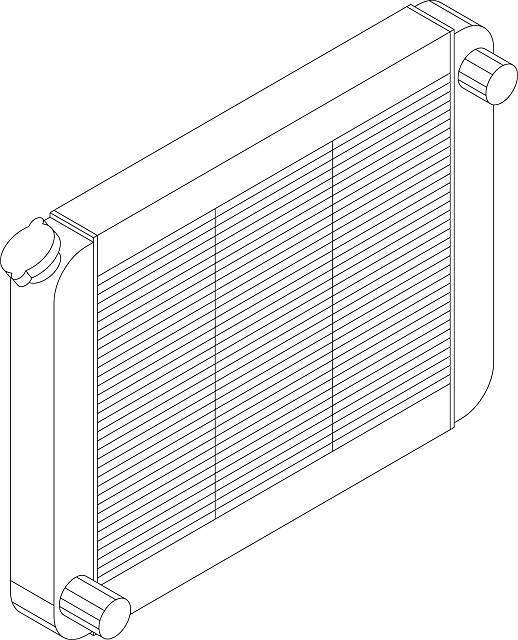
Performing a Tesla Charging Port Repair with Software Calibration involves a meticulous process that goes beyond physical repairs. Here’s a step-by-step guide to ensure a successful outcome. First, carefully inspect the charging port for any visible damage or debris. If there’s a car dent repair needed around the port, engage professional services for precise frame straightening to maintain structural integrity. Next, unplug the charging cable and disconnect the battery to ensure safety during the repair process, especially when dealing with sensitive Tesla software.
Once the area is clean, proceed with replacing any worn-out components. After installation, connect your computer to the Tesla diagnostic interface, allowing you to access and calibrate the software. This step is crucial as it ensures the charging port functions optimally with your vehicle’s system. Verify all sensors and communication protocols are operating correctly before plugging back in the charging cable and reattaching the battery. Regular maintenance and timely repairs, including software calibration, can significantly extend the life of your Tesla’s charging port, enhancing its performance and reliability.
When addressing Tesla charging port repairs, software calibration is an indispensable step. It ensures that not only the physical port but also the underlying software system functions optimally, providing a seamless charging experience for Tesla owners. By combining a thorough understanding of common issues and this precise calibration process, you can effectively resolve charging problems and maintain the reliability of these innovative vehicles.


